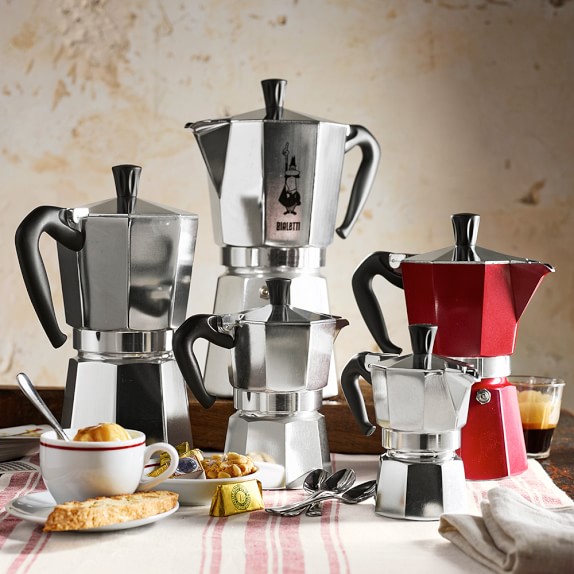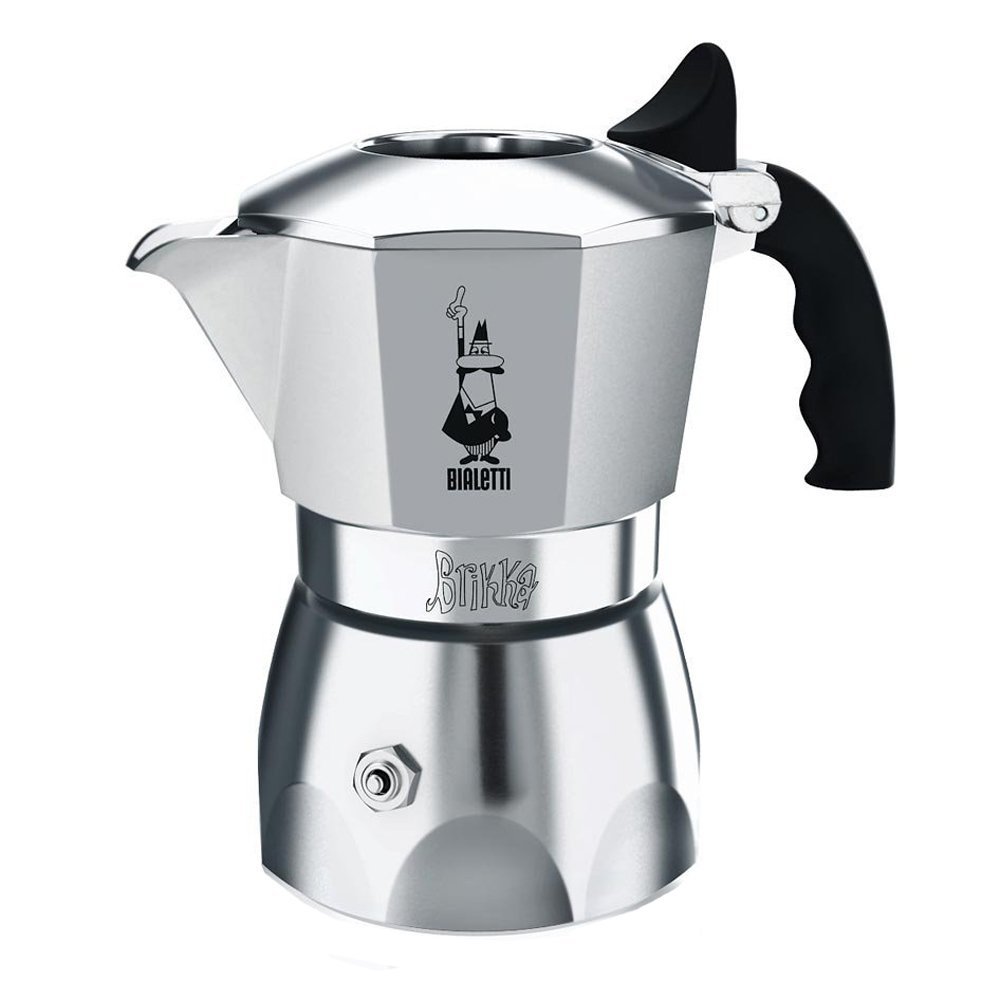

Boiling the water is not necessary – or even desirable – to produce sufficient pressure to brew and extraction temperature is in general not greater than that of other brewing methods. When pressure becomes high enough to force the water up the funnel through the coffee grinds, coffee will begin to pour into the upper chamber (C). The heating of the boiler, A, leads to a gradual increase of the pressure due to both the expansion of the enclosed air and the raised vapor pressure of the increasingly heated water. The pot is placed on a suitable heat source, so that the water is heated.Ī gasket ensures a tightly closed unit and allows for pressure to safely build up in the lower section, where a safety valve provides a necessary release in case this pressure should get too high. How tightly the coffee is packed impacts how quickly the coffee extracts. Finely ground coffee is added to the filter as shown. King recommends a 70☌ preheat for optimal results. Simulations run by physicist Warren King also indicate that using cold water results in the coffee extracting at too low a temperature, but that boiling water may result in the temperature being too high. Italians generally do not preheat the water used, though established baristas such as James Hoffmann and Tristan Stephenson recommend using preheated water in the base. The boiler (marked A in the diagram) is filled with water almost up to the safety release valve (some models have an etched water level sign) and the funnel-shaped metal filter (B) is inserted. Though everyday usage of these pots does not require much in the way of theoretical understanding, a number of physics papers have been written between 20 providing models for the process, utilizing the ideal gas law and Darcy's law to provide insights into how the pot works, dispelling the popular myth that a moka pot needs to boil water to brew (the water's vapor pressure combined with the expanding gas is sufficient), and offering insights into the dynamics of extraction. Stainless steel, but not aluminium moka pots can be used with induction cooking. Moka pots are used over a flame or electric range. Some designs feature an upper half made of heat-resistant glass. Moka pots are typically made of aluminium, though they are sometimes made out of stainless steel or other alloys. Today it is quite popular at breakfast time often Australians will add the brew to a mug and top up with either water off the boil or warmed milk. By 2000 the moka had become popular in the homes of many Australians. In Australia, the moka pot was traditionally used by Italian migrants who arrived mostly after the Second World War. Its popularity led to non-Italian south European manufacturers making copies or new designs inspired by the original Italian design. The original design and many current models are made from aluminium with Bakelite handles.Īfter the Second World War, the Italian moka pot spread all over the south of Europe and became the standard way of domestically making coffee. Moka pots come in different sizes, making from one to eighteen 50 ml (2 imp fl oz 2 US fl oz) servings.

It has become an iconic design, displayed in modern industrial art and design museums including the Wolfsonian-FIU, the Cooper–Hewitt, National Design Museum, the Design Museum, the London Science Museum, The Smithsonian and the Museum of Modern Art. Spreading from Italy, the moka pot is today most commonly used in Europe and in Latin America. Bialetti continues to produce the original model under the trade name "Moka Express". It quickly became one of the staples of Italian culture. Named after the Yemeni city of Mocha, it was invented by Alfonso Bialetti.


The moka pot is a stove-top or electric coffee maker that brews coffee by passing boiling water pressurized by steam through ground coffee.


 0 kommentar(er)
0 kommentar(er)
